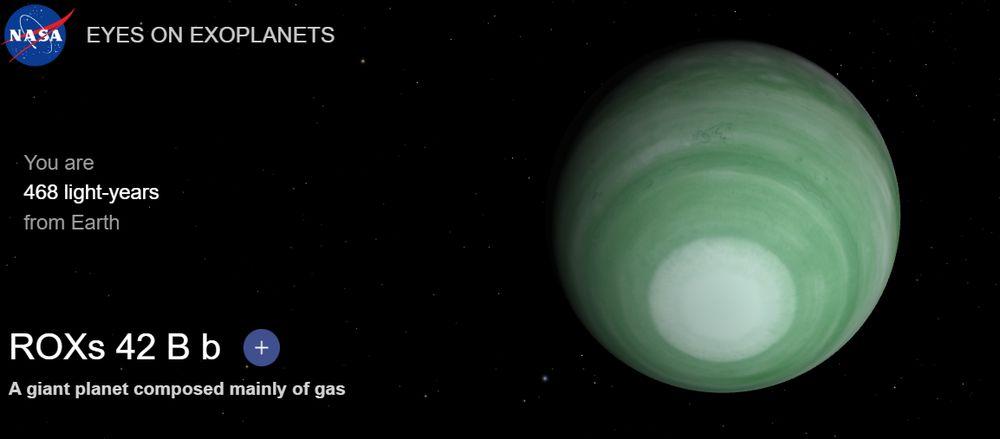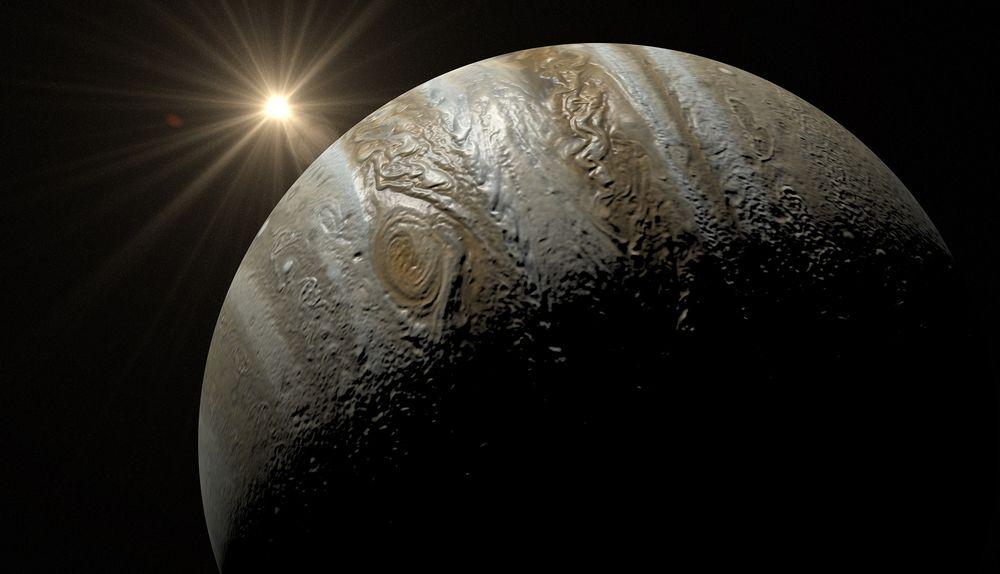The times change. Until a few years ago, Jupiter was thought to be the largest planet in the universe, but its reign ended when space exploration took its next steps. Today there is a new leader by size and, given the latest discoveries, it is possible that there is still a bigger one that has not been discovered.
A fraction of the Universe. That is what has been discovered so far. Do you know what that means? That there may still be thousands and thousands of secrets, mysteries, planets and other galactic bodies that we don’t know about. Astronomers investigate day and night to discover things like a new planet larger than all known.
the king of the universe
Then we will tell you a little about Jupiter to do justice to the one who was the leader for so long. But for now, what we’re doing is talking about ROXs 42 Bb, which, according to NASA, has a radius 1.2 times that of Jupiter. Its discovery was made in 2013 and, since then, it has not been surpassed in dimensions. However, the vast majority of scientists agree that it is very likely that the Universe still hides many other planets that have even larger dimensions.

Specifically, ROXs 42 Bb is an exoplanet, also known as extrasolar planets. With their name they already make it clear what their main characteristic is: they are not within the Solar System. Therefore, Jupiter still has the lead in size in our system, but not outside. Exoplanets are in the orbits of other stars and their discovery has multiplied in the last decade. Thanks to tools such as the James Webb Space Telescope, forecasts suggest that the discovery will not stop and more and more interesting bodies will be found. It is known from ROXs 42 Bb that it is a gas giant, just as Jupiter is.
There is a wide debate in the scientific community about whether exoplanets should be classified as planets or whether they should fit into another category. Today, they are grouped with the planets, despite the fact that some critical voices prefer to classify them as brown dwarfs, a definition in which, however, they do not specifically fit either.
Jupiter continues to impress
No one can take away from Jupiter being the largest planet in our Solar System. It is a true giant, since its weight doubles that of all the other planets if they were placed together on a scale. It is therefore huge. To give you an idea of what that represents, think that its radius is 69,911 km, or what is the same, eleven times that of the Earth.

Jupiter’s large size also makes it a planet on which dozens of moons orbit, which represents, for astronomers, a category attraction. It is, at the same time, the fifth planet in the Solar System that is closest to the Sun, although if we were to compare its size with that of the star that gives us heat, in that case it would lose out. After all, the Sun is the Sun, and it has extremely large dimensions.
There are many features that make Jupiter, today, a target of curiosity for astronomers and amateurs alike. Its great level of brightness, which is maintained at a high degree practically throughout the year, as well as its age, cause a sensation. But it is not surprising given that this giant has been in the Solar System even since before the appearance of the Sun itself. Therefore, no matter how much there are exoplanets that appear larger and end up causing interest among scientists, Jupiter will always be the largest planet in existence for millions of people. That’s going to be a tough title to shake off, at least until exoplanets can be investigated in more depth.












